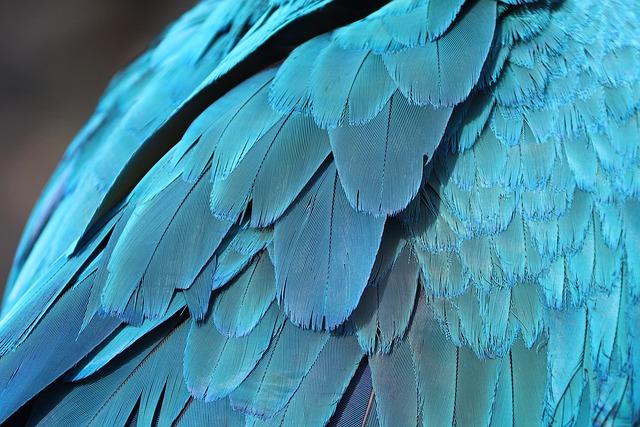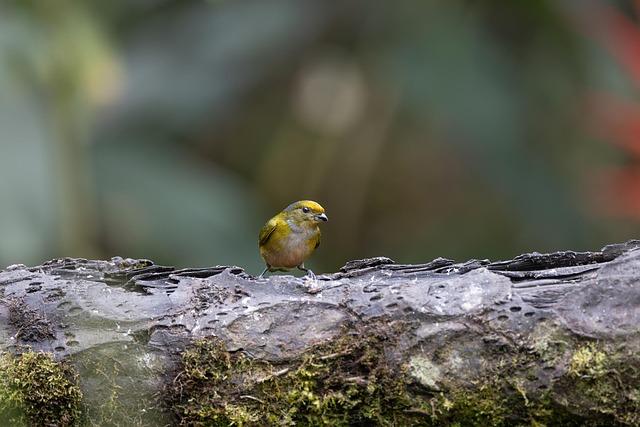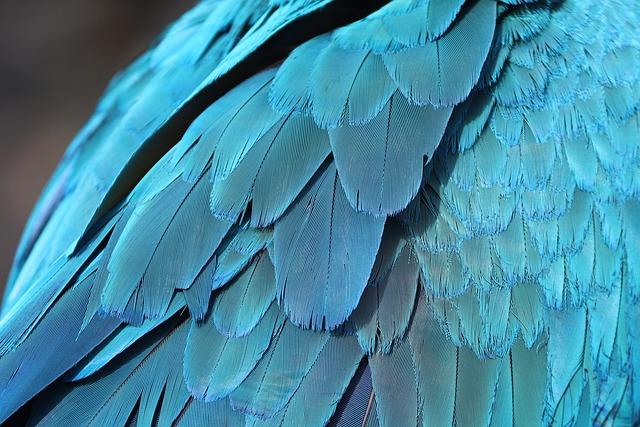- Introduction
- Population Decline of the Orange-bellied Parrot
- Impact of Wind Farms on Bird Migration
- Current Conservation Efforts
- Balancing Renewable Energy and Biodiversity
- Conclusion
- FAQs
- References
Introduction

(Image: Pixabay/@manfredrichter)
The orange-bellied parrot, a critically endangered bird native to Australia, has again captured public attention—this time due to a potential threat posed by a proposed wind farm project. In this article, we dive into the species’ declining population, how wind farms may affect their survival, the conservation initiatives already in place, and the broader issue of balancing clean energy development with biodiversity protection.
With fewer than 100 individuals left in the wild, this small but vibrant parrot carries significant ecological and symbolic value. We explore the science behind bird migration and turbine hazards, look at the voices on both environmental conservation and renewable energy sides, and analyze policy decisions that could shape the fate of this rare species.
Population Decline of the Orange-bellied Parrot

(Image: Pixabay/@traveller1955)
The orange-bellied parrot (Neophema chrysogaster) is one of the world’s rarest and most endangered birds. Endemic to southern Australia, this migratory bird breeds exclusively in south-west Tasmania before flying across Bass Strait to coastal Victoria and South Australia during winter. Over the last few decades, habitat loss, introduced predators, and food scarcity have brought its population to the brink of extinction.
Historical data reveals that thousands once flew across the Australian coastlines. However, records show drastic declines beginning in the 20th century, with edge-of-extinction numbers recorded as early as the 1990s. Captive breeding programs have helped mitigate complete loss, but the wild population remains desperately small—estimated at about 70 individuals as of early 2024.
Efforts to understand the ecological pressures leading to this decline highlight several key stressors: degradation of saltmarshes, spread of invasive plant species, and increased frequency of bushfires disrupting breeding sites. With such a fragile population, any additional threat—like habitat disruption from new infrastructure—raises alarms among conservationists.
Impact of Wind Farms on Bird Migration

(Image: Pixabay/@EdWhiteImages)
Wind farms are often heralded as heroes in the fight against climate change, providing clean, renewable energy. However, their placement can pose significant risks to birds—especially migratory species like the orange-bellied parrot. Collisions with turbine blades remain a notable concern for avian populations worldwide, with studies showing that raptors, seabirds, and small flocking birds are most vulnerable.
In the case of the orange-bellied parrot, recent proposals to install wind generators along known migratory corridors, particularly in sites across western Victoria and King Island, have triggered significant scientific scrutiny. Ornithologists argue these areas function as critical flyways used during biannual migrations, and any barriers could pose collision risks or displace the birds from traditional routes.
A 2023 report commissioned by BirdLife Australia suggests that even minor disruptions to their migratory path could result in severe consequences, given their low numbers and dependence on precise breeding and feeding grounds. Environmental impact assessments are ongoing, but conservationists argue that more rigorous, independent studies are needed before moving forward with wind energy infrastructure in sensitive zones.
Current Conservation Efforts

(Image: Pixabay/@Keishpixl)
Multiple organizations and government agencies have worked tirelessly to stop the extinction of the orange-bellied parrot. Chief among them is the Orange-bellied Parrot Recovery Program, supported by federal and state governments alongside not-for-profit conservation groups. This initiative includes breeding in captivity, habitat restoration, and monitored reintroductions into the wild.
The Tasmanian Department of Natural Resources and Environment manages a significant part of the breeding season, tracking each parrot’s nesting patterns and wellbeing. Meanwhile, mainland efforts focus on restoring saltmarsh vegetation that provides winter food resources, an essential part of their migratory lifecycle.
Advocates feel that while these programs have shown some success—evidenced by increasing juvenile survival rates—they must not be subjected to further strain from developments along critical habitats. Any wind farm planning, they argue, must be harmonized with these preservation activities to avoid undermining years of recovery work.
Balancing Renewable Energy and Biodiversity

(Image: Pixabay/@18447309)
The dilemma facing the orange-bellied parrot recovery is emblematic of a broader conflict facing Australia and the world: how to transition to renewable energy while safeguarding biodiversity. Government commitments to net-zero emissions by 2050 require large-scale investment in wind and solar projects, many of which must be built on undeveloped lands and coastlines also rich in wildlife.
In this light, conservationists urge a more thoughtful approach—one that includes ecological mapping in the early stages of energy infrastructure planning. They argue that it is possible to pursue climate mitigation without sacrificing critically endangered species, but this will require coordination between environmental and energy policies.
Stakeholder engagement, particularly with Indigenous communities, scientific bodies, and nature groups, is becoming vital in conflict resolution. Some environmentalists advocate for alternative locations for wind farms or investments in offshore wind, which may pose lower risks to land-based wildlife. The negotiation will likely shape not only the future of the orange-bellied parrot but also how Australia navigates the intersecting paths of energy and ecology.
Conclusion
The potential collision between wind farm development and the recovery of the orange-bellied parrot underscores a complex challenge: integrating progress in renewable energy with the urgent need to preserve endangered wildlife. As the world turns to sustainable energy to combat climate change, it becomes imperative that such development is pursued with ecological sensitivity.
The fate of the orange-bellied parrot may hinge on whether upcoming policy decisions account for scientific data, ethical conservation, and environmental impact. With coordinated efforts, including revised planning strategies and enhanced protections, it may still be possible to chart a path forward that supports both clean energy and vibrant biodiversity. Public awareness and political will remain key elements in protecting this beautiful, fragile bird for generations to come.
FAQs
Why is the orange-bellied parrot critically endangered?
The parrot's status stems from habitat loss, predation, and limited breeding range, along with migration challenges. Climate change and development along its migratory path are additional pressures.
Do wind farms always harm birds?
Not necessarily. The impact varies based on wind farm location and design. Strategic planning and wildlife surveys can minimize risks, but poorly placed turbines can significantly affect migratory or localized species.
What actions are being taken to protect the orange-bellied parrot?
Efforts include captive breeding, habitat restoration, reintroduction, and close monitoring by state and national recovery programs. Researchers also advocate for environmentally responsible planning of infrastructure projects.
Could wind farms be built somewhere else?
Yes. Alternatives include relocating wind farms away from critical habitats, using offshore sites, or integrating better environmental assessments early in the planning process.
How can people help conserve the orange-bellied parrot?
Supporting conservation charities, learning about native species, advocating for wildlife-friendly policies, or participating in citizen science programs can all contribute to protecting the parrot.

